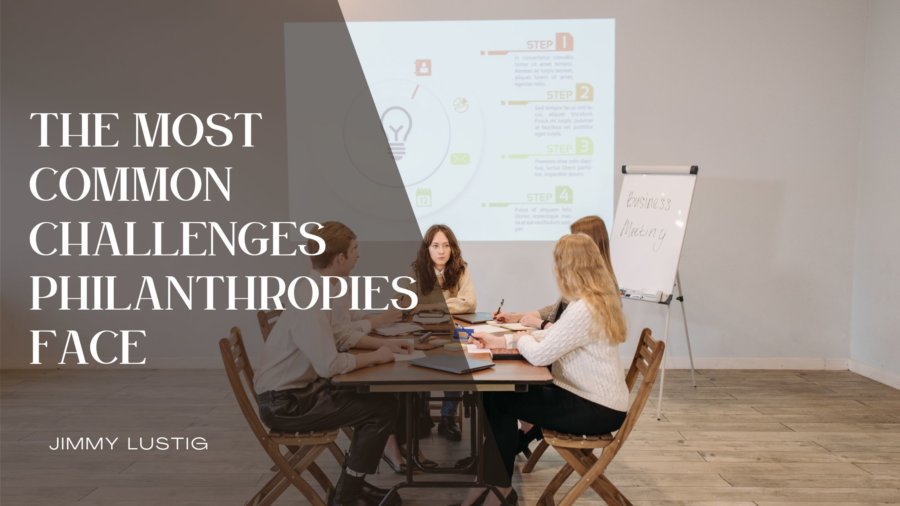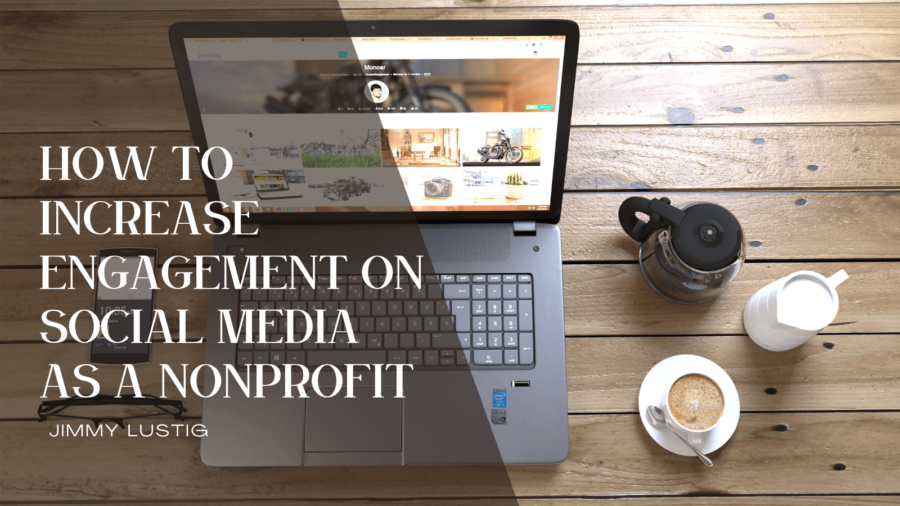While non-profits work incredibly hard to achieve a world of good, running one can be very challenging. Aside from the usual issues that companies face, such as adapting to new technology, nonprofits face additional challenges specific to their sector.
Challenges for Nonprofits
Many nonprofits rely on government assistance. This aid may be in the form of matching funds or grants, and it can serve as a safety net to cover the gap when the funds are low. The reduction in government funding at the national, state, and municipal levels hurts the operations of nonprofits. Many of them end up with less money than they need.
Income and Budgeting
Getting a steady income from various sources can be challenging for many non-profits. In addition, unpredictable income throughout the year can make budgeting complicated. This is why securing enough money to cover administrative expenses is vital.
Pressure
The emphasis was on how programs were being used and how those receiving support were accessing them. Due to the lack of funds, the pressure has shifted to measure the programs’ success.
The Bottom Line
A project’s cost and social impact must align to deliver actual results. To ensure your mission and goals are recovered, you should equip your people with the necessary tools. These tools will allow them to be more agile and adaptable, allowing you to keep track of your organization’s performance.
Finding and Keeping Talent
When competing against other organizations for talent, many nonprofits need help to attract and retain the right individuals. This is why analyzing the factors influencing the selection process is essential.
Most people interested in working for a non-profit organization are passionate about their work and are committed to the causes they serve. However, the lack of resources can prevent many organizations from attracting and retaining top talent.
The first step in addressing this issue is to fight the fear. Nonprofits must convince themselves that they should be bold and invest in their people and mission.
If you can’t attract and retain the best talent, you must believe in the people already working for you. They will only be able to flourish if they have an engaged work environment that allows them to focus on their passion.
Increasing Need
The increasing number of people who are experiencing economic hardships has led to an increase in the need for services by various non-profit organizations. In addition, the reduction in arts programs in schools has put a strain on the operations of many organizations.
Most people who work for non-profit organizations tend to wear many hats. Since being a generalist can mean that no one in the organization has the necessary knowledge about finance and business analysis, you must find the right tools that will allow everyone to make informed decisions.
While there are many obvious challenges that a non-profit organization must face, there are also many hidden threats that can affect its operations. Knowing these issues can help you avoid potential problems and achieve your mission.










